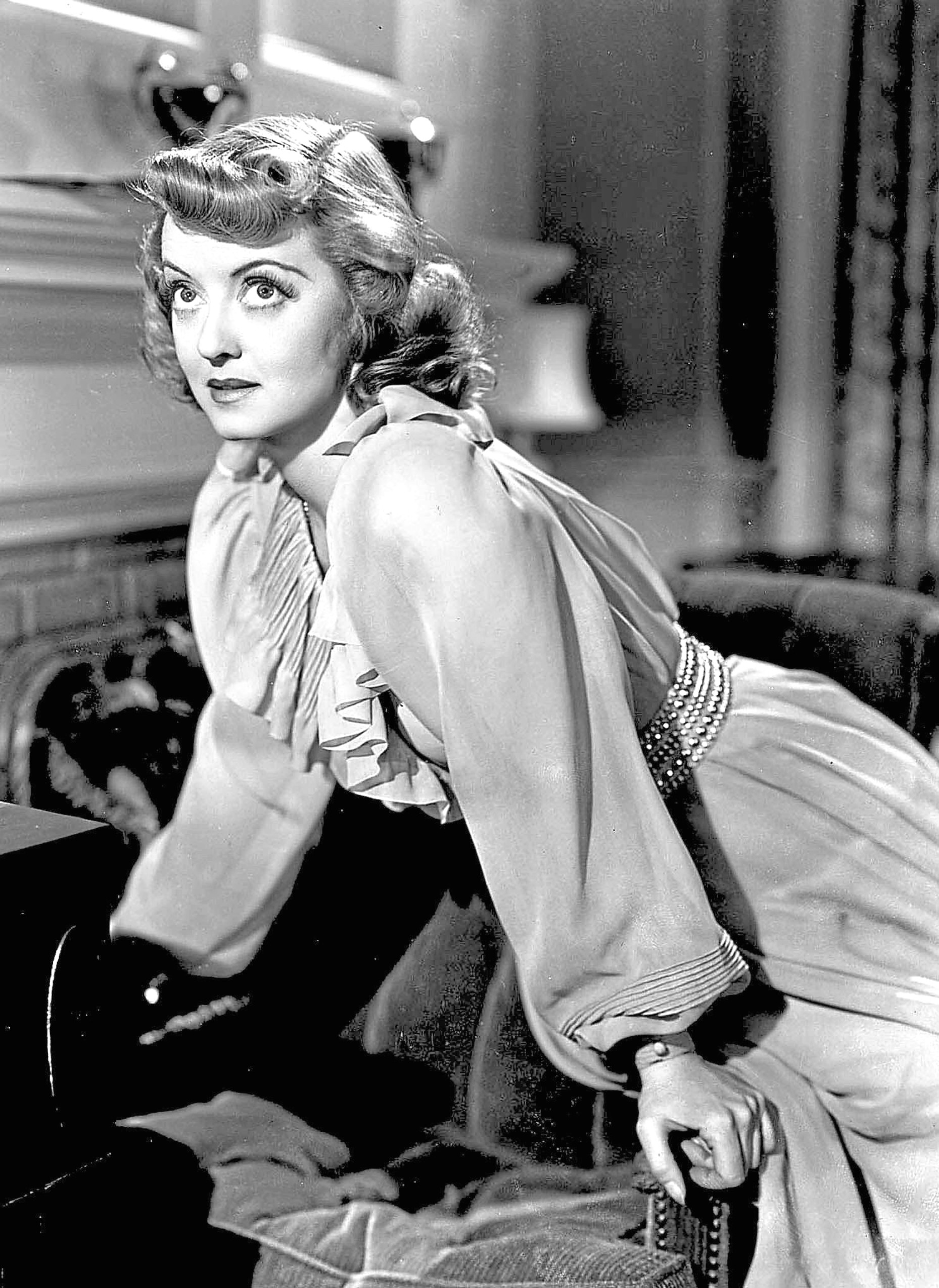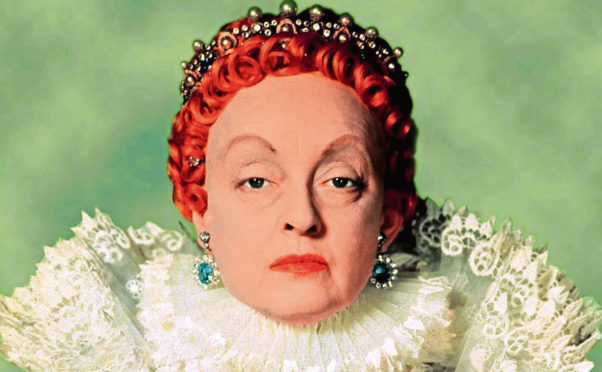
If Bette Davis’s eyes divided opinion, her preference for a rather plain hairstyle did the same – but it was like that for a reason.
While some in Hollywood felt her eyes were her most powerful feature, and others even wrote a hit song about them, critics often questioned why her hair was in such a nondescript style.
The reason was because she wanted to look like an actress who was down on her luck and had seen better days!
This started with the 1935 movie Dangerous, in which she played Joyce Heath, a character based on one of her acting heroes, Jeanne Eagels.
Bette had asked the costume and styling people to give her a wardrobe that made her look like a star on the skids, and to give her a haircut that would have a similar effect.
The style they gave her would be the style she would pretty much have for the rest of her career, so clearly she approved of this rather sad look.
She had turned the film script down at first, but was persuaded that only she could make something good out of such a story.
It even won her a Best Actress Academy Award but Bette reckoned she’d only got it because they’d realised belatedly that she ought to have got it for previous movie Of Human Bondage.
Bette then made a claim, one she later changed her mind about – she said she was the first to name this award the Oscar, because the figure’s backside reminded her of her first husband, Harmon Nelson, whose middle name was Oscar.
Years later, apparently, she said she had got her dates mixed up and it was unlikely she was the first to call it the Oscar. Shame!
If she seemed a bit unhappy despite her success at that time, the critics seemed far less disappointed with her than she was herself.
They lavished her with praise, saying she was becoming one of the most interesting actresses around.
There would be plenty of interest in 1936’s The Petrified Forest, with Davis alongside Leslie Howard again and Humphrey Bogart starring, too.
A complicated, dark and intense tale, Bogart is an escaped gangster, Howard a washed-up English writer, Davis a girl who dreams of going to France and becoming an artist.
Bette’s career took a rather strange interlude at this point – tired of being forced to do what she saw as mediocre movies, she fled to Britain, where she imagined she’d get more serious roles and maybe better money.
The press had a field day, and her already large income was criticised, while the court case in England saw opposition barristers have a go at her.
One said he had reached the conclusion that: “This is a rather naughty young lady, and that what she wants is more money.”
For her part, she had told a reporter: “I knew that, if I continued to appear in any more mediocre pictures, I would have no career left worth fighting for.”
Jack Warner, the boss of the famed studio, was asked if her contract meant she’d have to play any role given to her, even if she found it cheap or distasteful.
“Yes, she must play it,” was his forthright response, and she lost the case, returning to Tinseltown in debt and having to resume her Stateside career fast.
She played a prostitute in a gangster flick, Marked Woman, in 1937, and if it felt a bit distasteful it did earn her a special award at the Venice Film Festival that year.
Jezebel, the following year, saw her get involved romantically with director William Wyler, who she’d call the “love of my life”.
As the time of her life she felt most happy, it was obviously a joy to make and got her a second Academy Award.
Bette had played a southern belle to perfection, so it was no surprise that many felt she would land the role of Scarlett O’Hara in Gone With The Wind.
She was keen, and openly spoke about how keen, with a big US radio poll making her a clear favourite with the public.
David O Selznick, however, didn’t see her as Scarlett. Perhaps just as well, because Bette didn’t see Errol Flynn as the right Rhett Butler!
Not that she needed to worry, as Jezebel launched her on a hugely successful part of her career.
When she divorced Ham Nelson in 1938, he named her affair with Howard Hughes as part of her “cruel and inhuman manner”, but most headlines were positive, praising her films and admiring the wages she could command.
Her personal favourite movie, Dark Victory, came the following year, along with another Oscar nomination, and ’39 was a fabulous year.
Bette enjoyed a further three box office belters that year, The Old Main, Juarez and The Private Lives Of Elizabeth And Essex. With that man Errol Flynn!
This last one was her first colour film, Bette having her hairline and eyebrows shaved to play Elizabeth I in her later years.
For a woman who had fled the US to get away from Warners, she was now their biggest star and got her pick of the plum roles.
If anyone felt Bette Davis didn’t look right or couldn’t act well enough, the vast majority of the general public felt otherwise.
She really got her teeth into The Letter, a 1940 flick in which she played an adulterous killer, and the film was judged one of the best from that year.
Bette also nailed a top job in real life, becoming the first female president of the Academy of Motion Picture Arts and Sciences.
Being Bette, however, she annoyed committee colleagues with some revolutionary ideas and her bullish style.
Realising that she was meant to just be a figurehead and keep her stronger opinions to herself, Bette did the only thing a strong woman could. She quit.
She then shocked everyone by playing a kind, nice person.
This was The Great Lie, starring alongside Irish-born star George Brent, with whom she is said to have had a lengthy relationship. It’s a shockingly modern tale, with a married couple finding their union is invalid as her divorce hadn’t been final yet.
He leaves his pianist “wife” for his old flame, Bette’s character Maggie Patterson.
He then goes missing during a flight over the Amazon, his ex finds she is pregnant, and she and Maggie go off to Arizona together to await the birth.
Just imagine how that storyline was greeted in April 1941 – and this was one of Bette’s nice, pleasant roles!
The man then turns up alive, and Maggie tells him the baby boy is theirs, while his ex is away on a long music concert tour. When she comes home and taunts him that he’s only staying with Maggie because of the child, and that the child is actually hers, he has to choose.
Feeling Maggie is the one he truly loves, he stays with her. For once, Bette played a lovely lady, and even enjoyed a happy ending.
Another 1941 film, The Little Foxes, benefited from some extra writing by the great Dorothy Parker, teamed up with her husband Alan Campbell.
Bette played southern aristocrat Regina Hubbard Giddens exactly as she had seen Talulah Bankhead do it in theatre.
Davis said it made her sad that Talulah’s brilliant version couldn’t simply be turned into a film, and she’d even asked them to put Bankhead in the film version instead of herself.
In the end, Bette made a marvellous job of it, during what many consider her peak years.
Sadly, with war looming, her burgeoning career would now have to take a bit of a back seat – Bette would be too busy throwing herself into the war effort.
After Pearl Harbor, she put her energy into selling war bonds, shifting an amazing $2 million worth in just two days.
She also sold a photo of herself in Jezebel for a huge sum, and it too went towards helping the military. Bette performed for black regiments, the only white member of a group of actors, and she also got other stars to help entertain the troops.
Cary Grant and other pals were cajoled and persuaded to do their bit, and she turned a dingy old nightclub into what became known as the Hollywood Canteen, where they could do shows with servicemen as the audience.
As you can imagine, all of this made Bette Davis extremely popular with everyone, and she could do no wrong…


Enjoy the convenience of having The Sunday Post delivered as a digital ePaper straight to your smartphone, tablet or computer.
Subscribe for only £5.49 a month and enjoy all the benefits of the printed paper as a digital replica.
Subscribe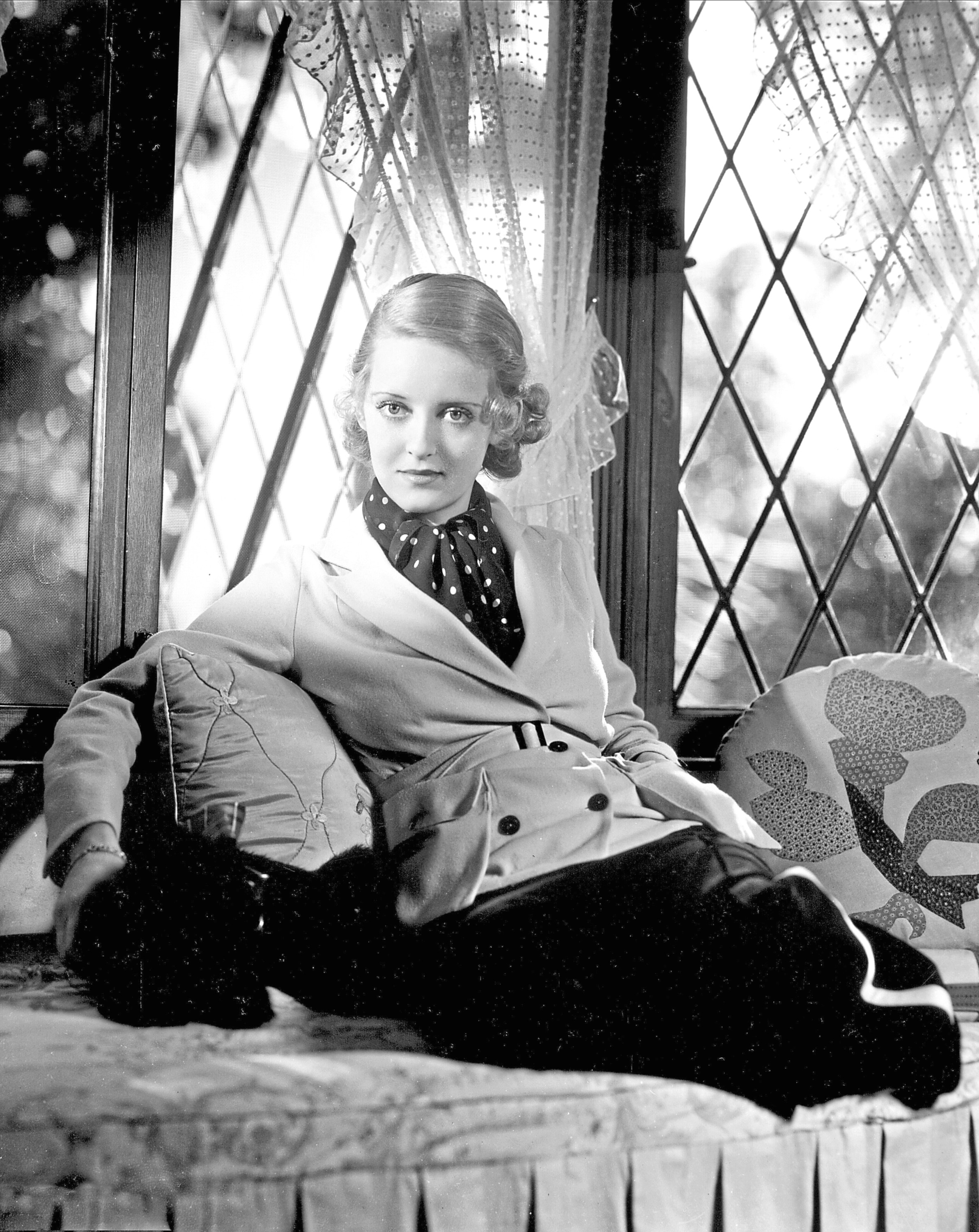 © Allstar/WARNER BROS.
© Allstar/WARNER BROS.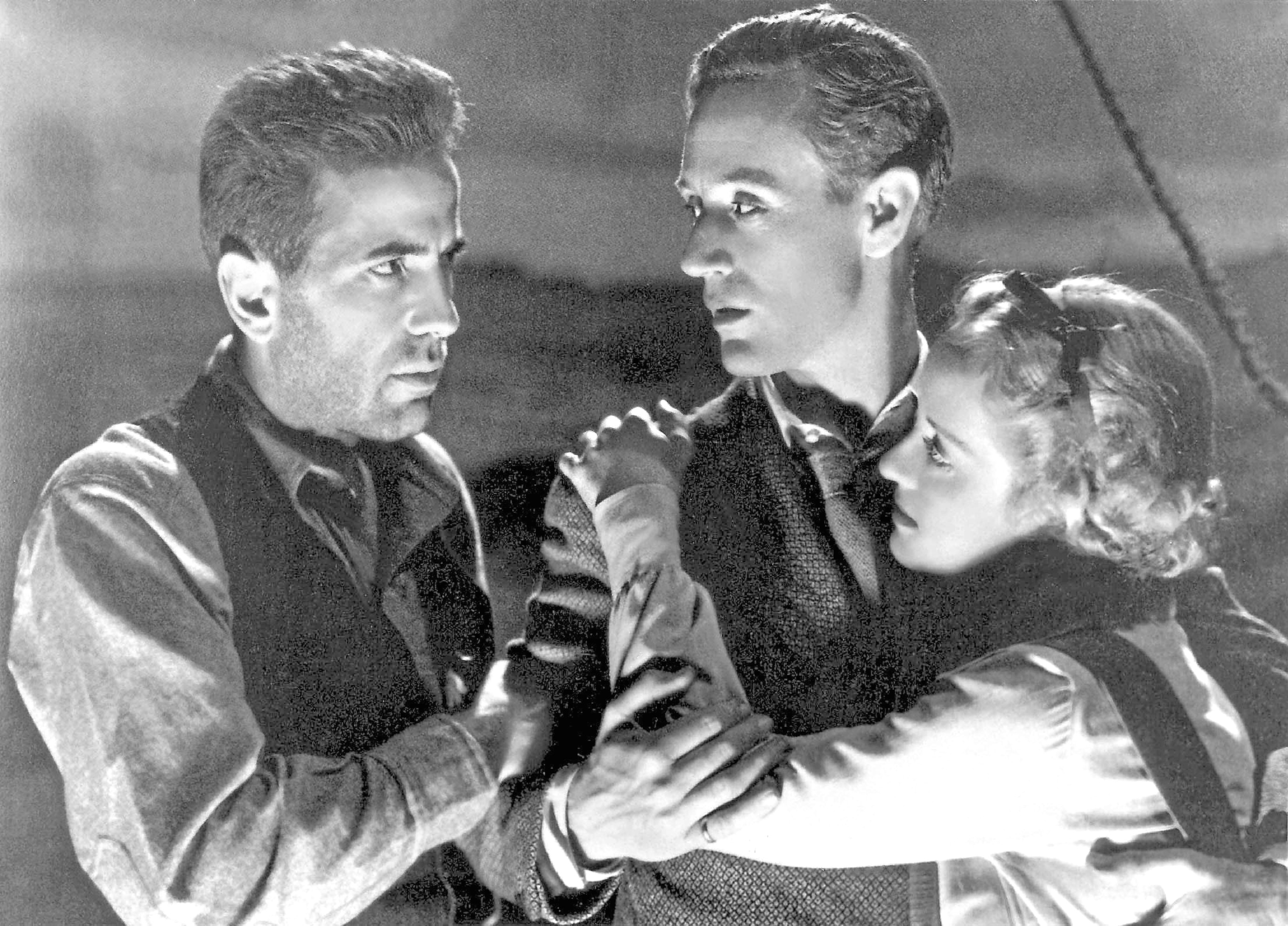 © Allstar/WARNER BROS.
© Allstar/WARNER BROS.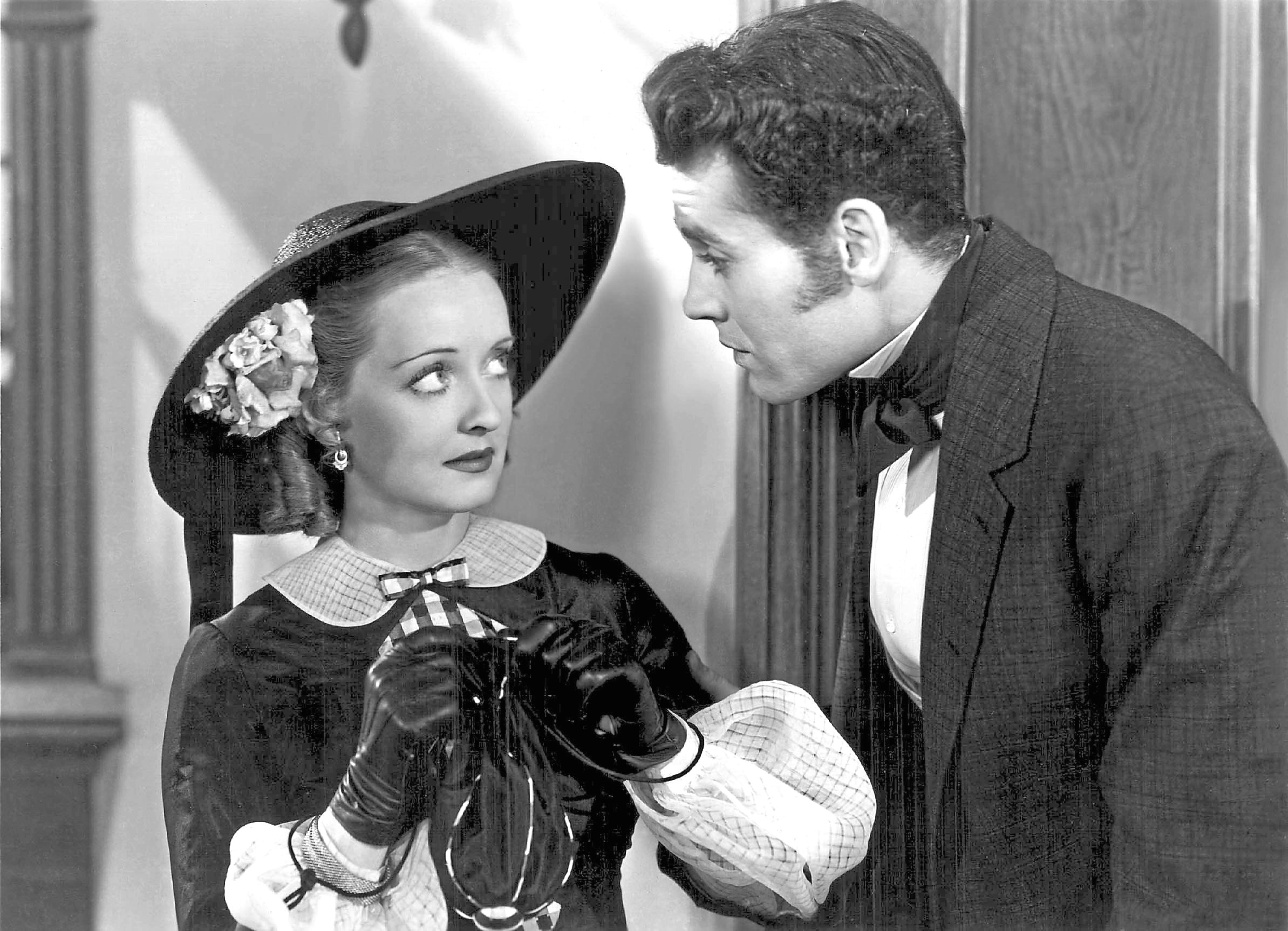 © Allstar/WARNER BROS.
© Allstar/WARNER BROS.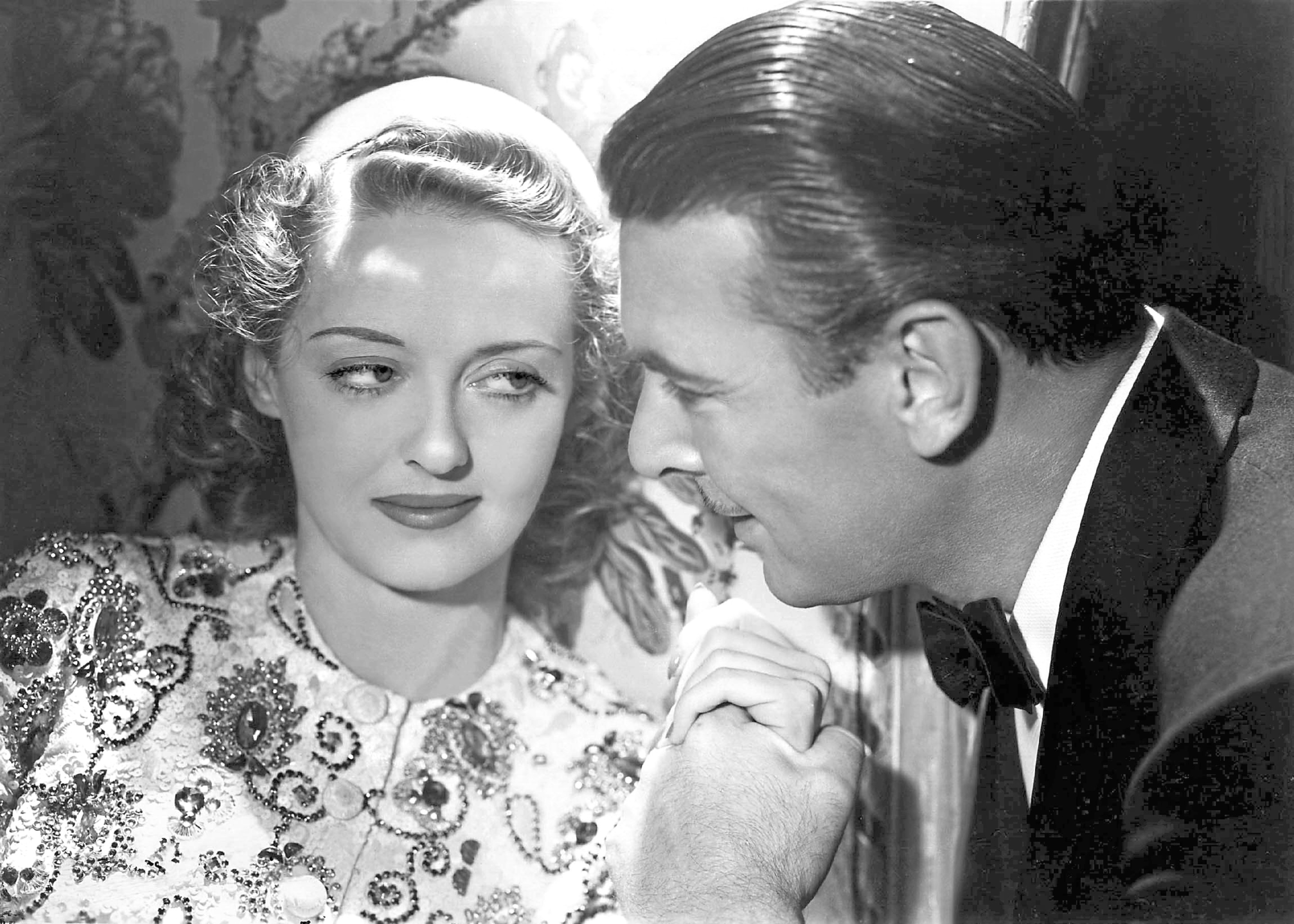 © Allstar/WARNER BROS.
© Allstar/WARNER BROS.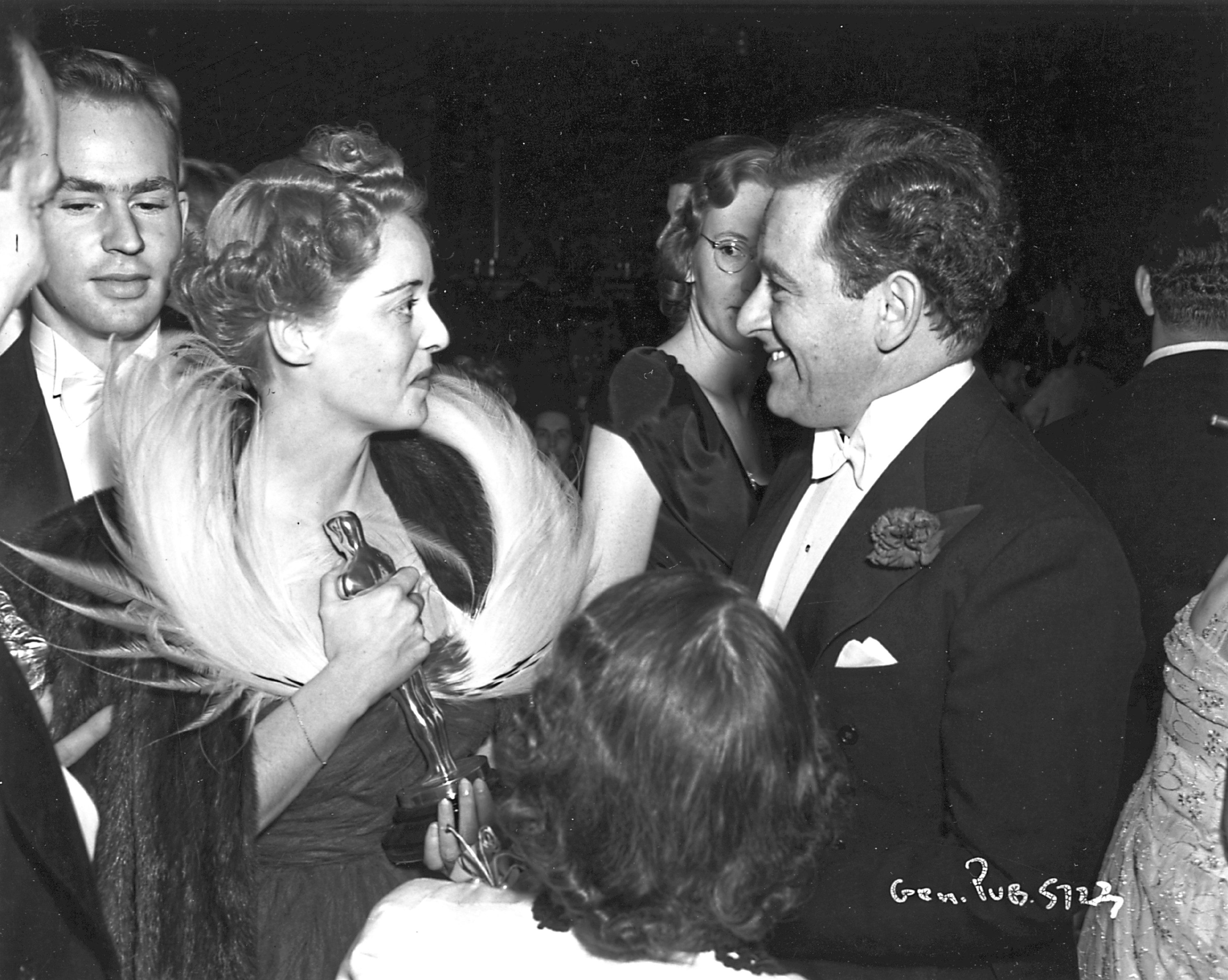 © Archive Photos/Getty Images
© Archive Photos/Getty Images